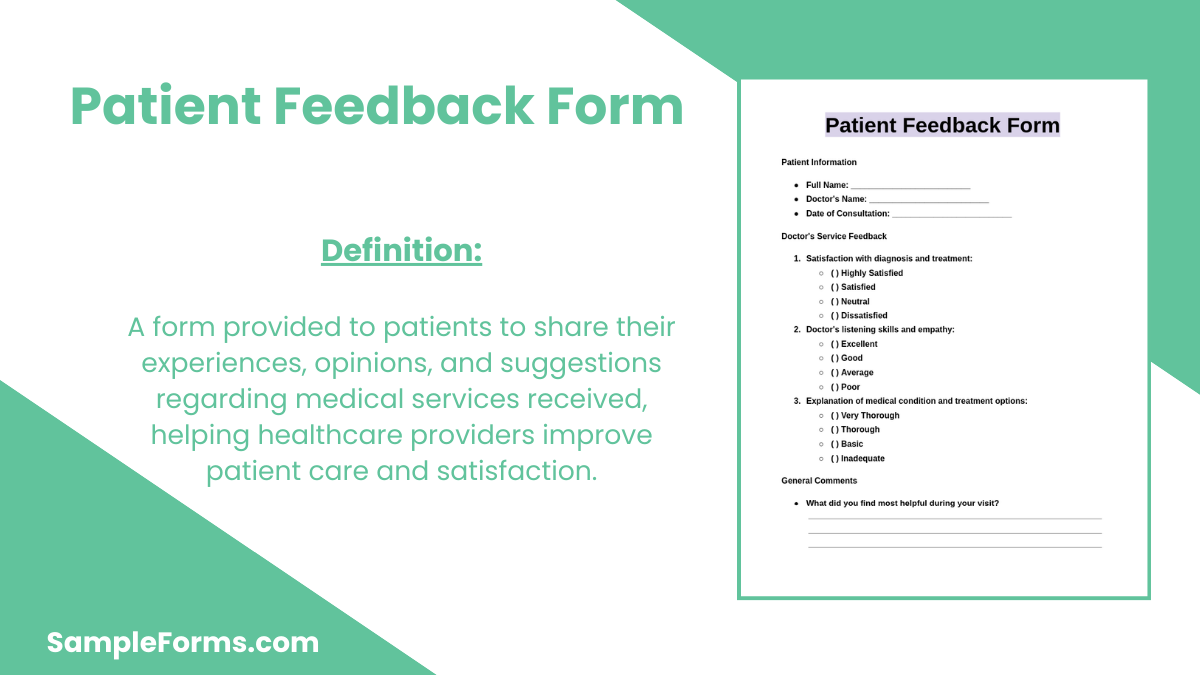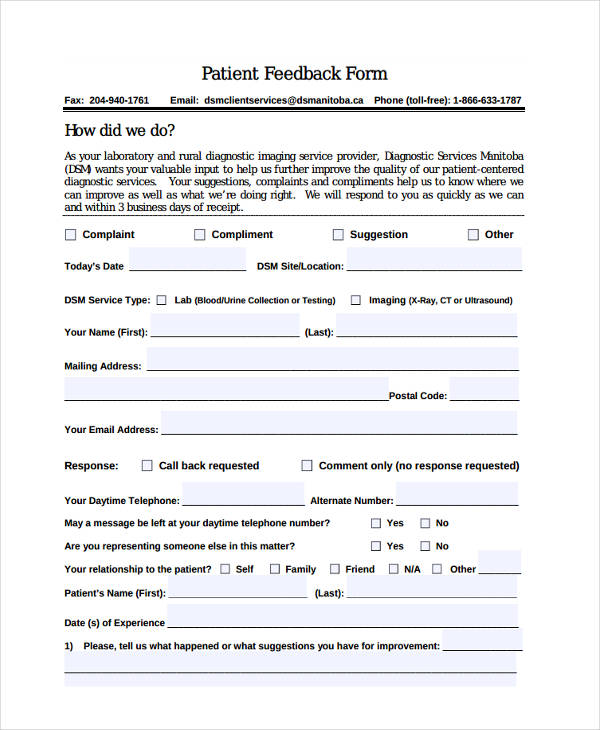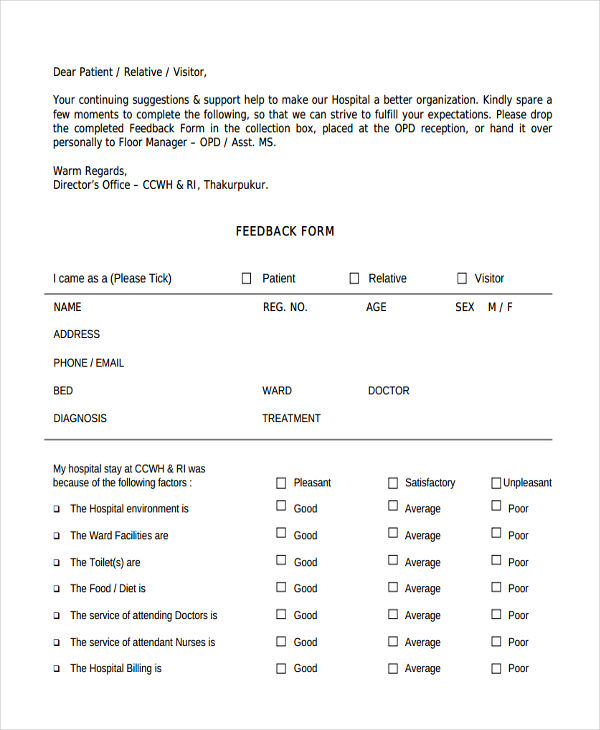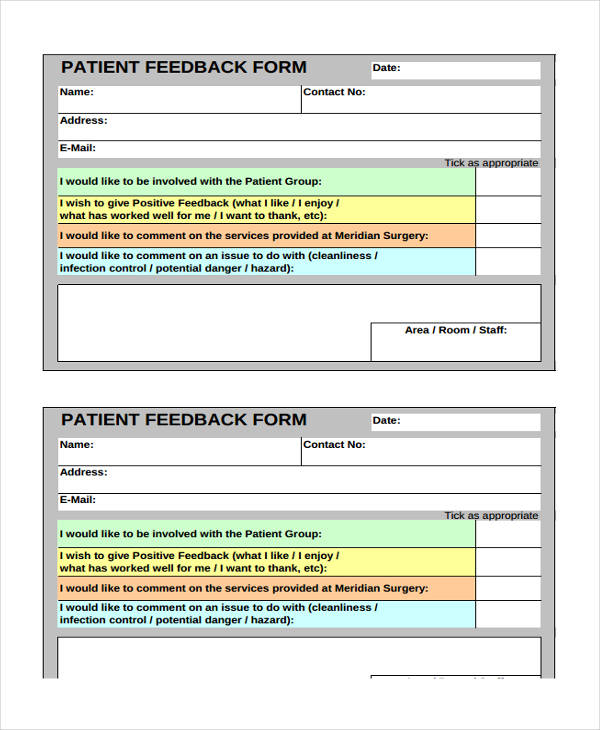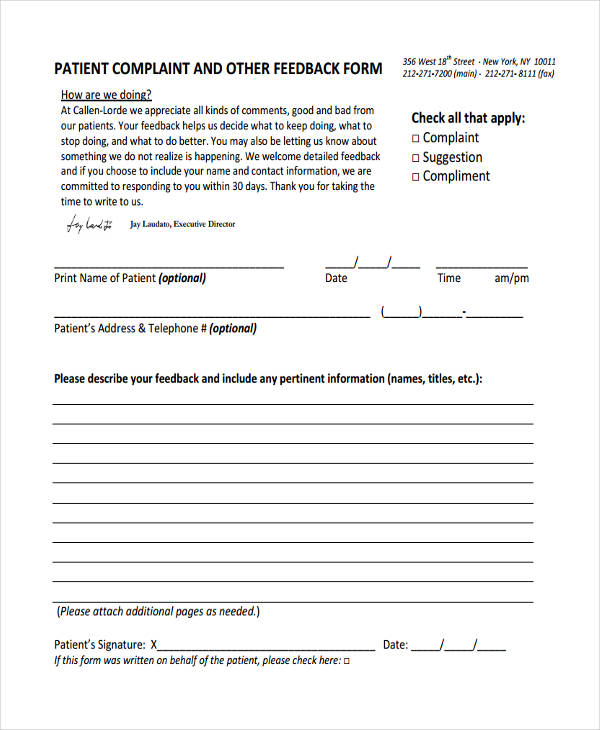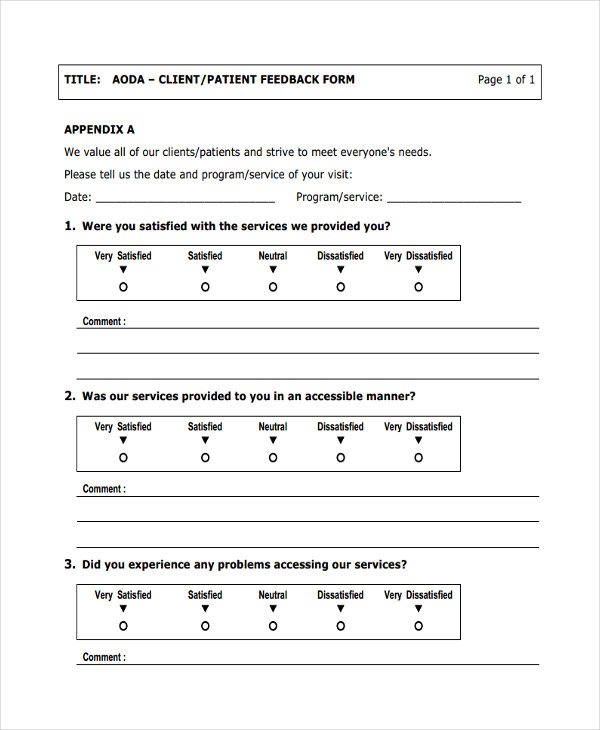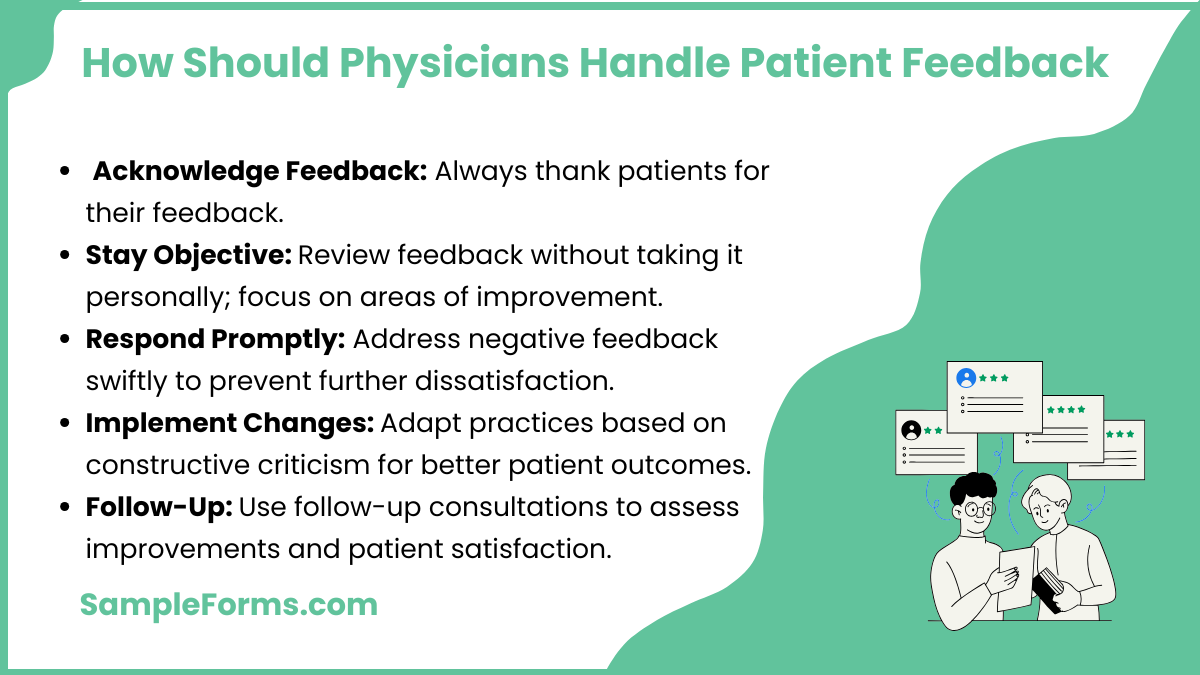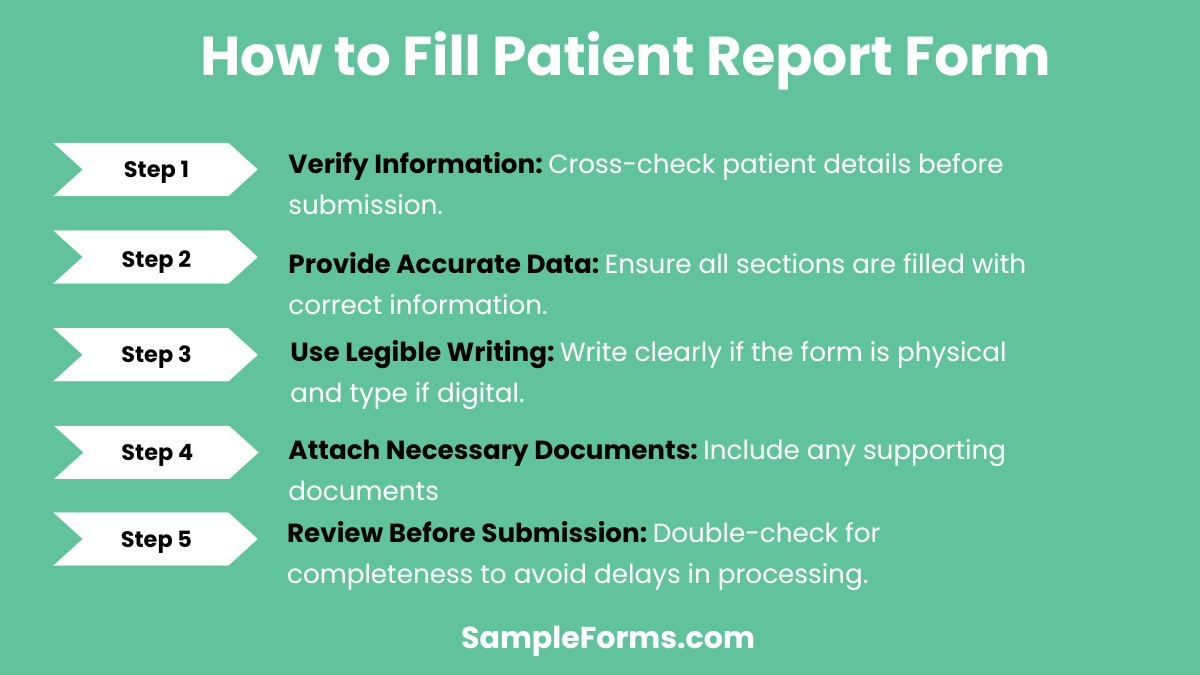A Patient Feedback Form is crucial for healthcare providers to collect patients’ opinions about their experiences. It helps clinics and hospitals improve their services by identifying areas of excellence and those needing improvement. This comprehensive guide offers insights into creating effective feedback forms, including templates and examples. Using a well-designed Patient Form and Feedback Form ensures you capture accurate patient reviews, leading to better patient care and satisfaction. Whether you’re running a hospital, clinic, or private practice, these forms help you make data-driven decisions to enhance patient outcomes.
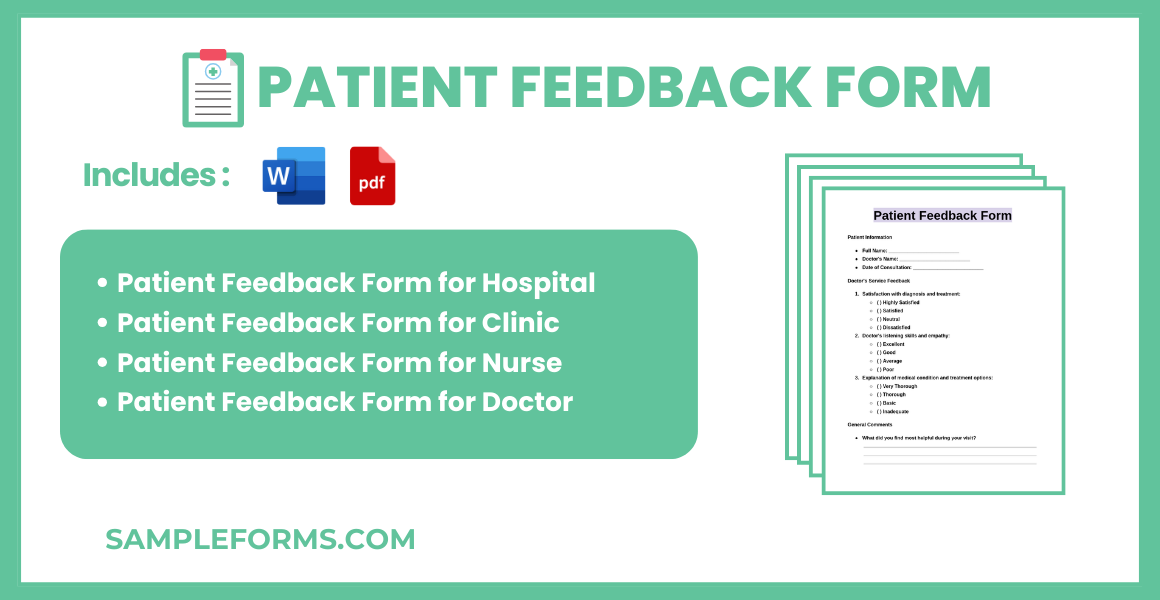
Download Patient Feedback Form Bundle
What is Patient Feedback Form?
A Patient Feedback Form is a document used by healthcare facilities to gather opinions, suggestions, and ratings from patients about their experience during a visit. It helps assess the quality of care, staff performance, and overall patient satisfaction. The information collected is essential for improving healthcare services and maintaining high standards of patient care.
Patient Feedback Format
Heading: Patient Experience Feedback
1. Personal Information
- Patient’s Name: Enter your name.
- Date of Visit: Specify the date.
- Doctor’s Name: Provide the doctor’s name.
2. Visit Details
- Department/Clinic: Mention the department visited.
- Purpose of Visit: Reason for the visit (e.g., checkup, consultation).
- Waiting Time: Rate the waiting time.
3. Feedback Section
- Staff Courtesy: Rate politeness (Excellent/Good/Average).
- Doctor’s Communication: Evaluate clarity of explanations.
- Overall Experience: Rate your experience (1-5 stars).
5. Additional Comments
- Suggestions: Provide suggestions for improvement.
- Recommendation: Would you recommend? (Yes/No).
Patient Feedback Form for Hospital
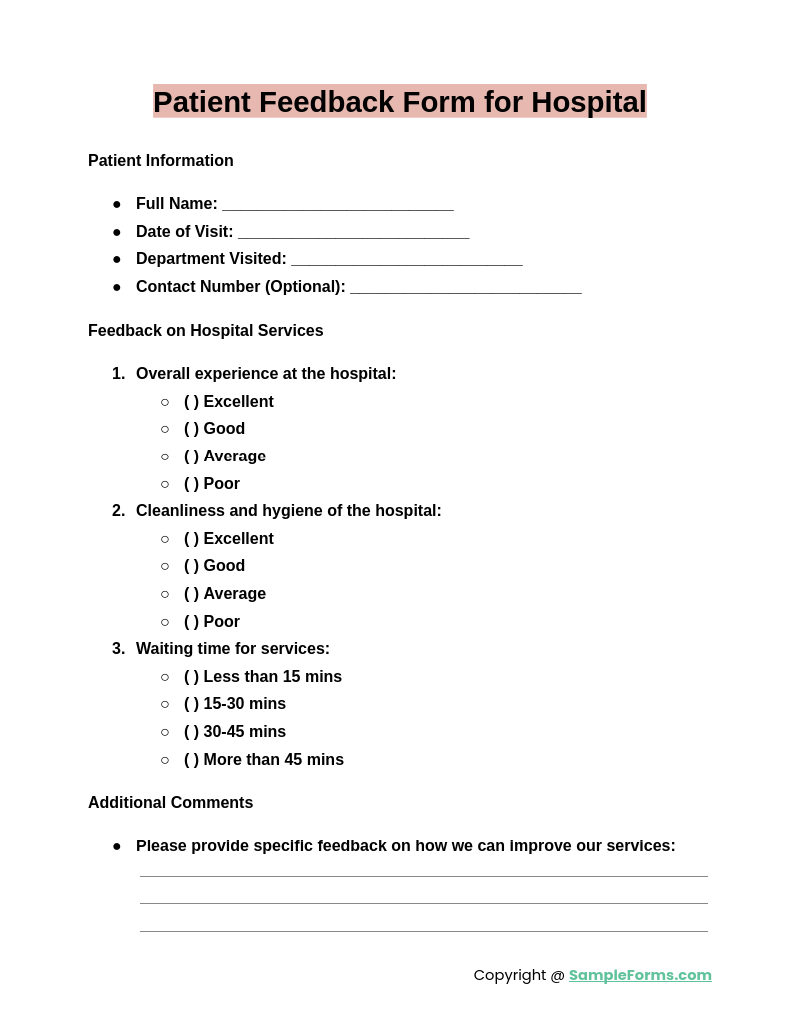
A Patient Feedback Form for Hospital allows hospitals to gather detailed insights from patients regarding their overall experience, quality of care, staff behavior, and services provided. This feedback helps hospitals improve patient satisfaction, optimize healthcare services, and maintain quality standards. Implementing a Service Feedback Form in hospitals ensures systematic collection of patients’ opinions, enabling continuous service enhancements.
Patient Feedback Form for Clinic
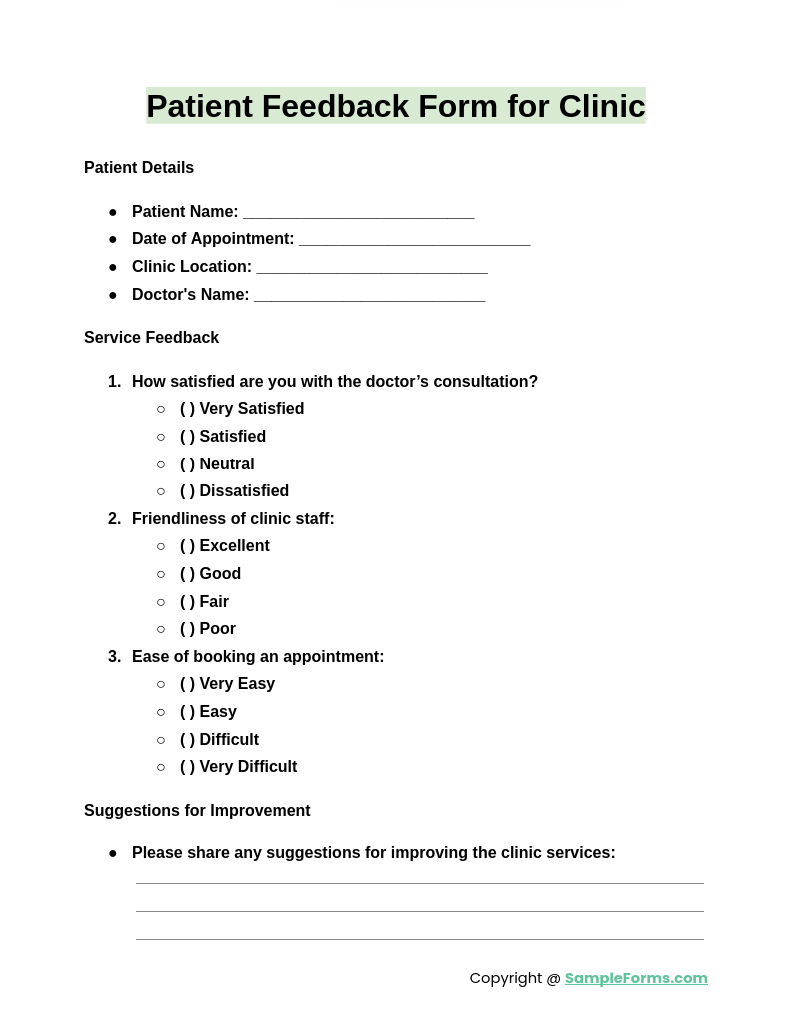
A Patient Feedback Form for Clinic is designed to collect patient reviews specifically for clinics. This form focuses on areas like waiting time, cleanliness, doctor interaction, and treatment outcomes. Clinics use this valuable feedback to streamline operations and enhance the patient experience. Gathering feedback through a Vendor Feedback Form can also help clinics optimize their vendor-supplied medical resources.
Patient Feedback Form for Nurse
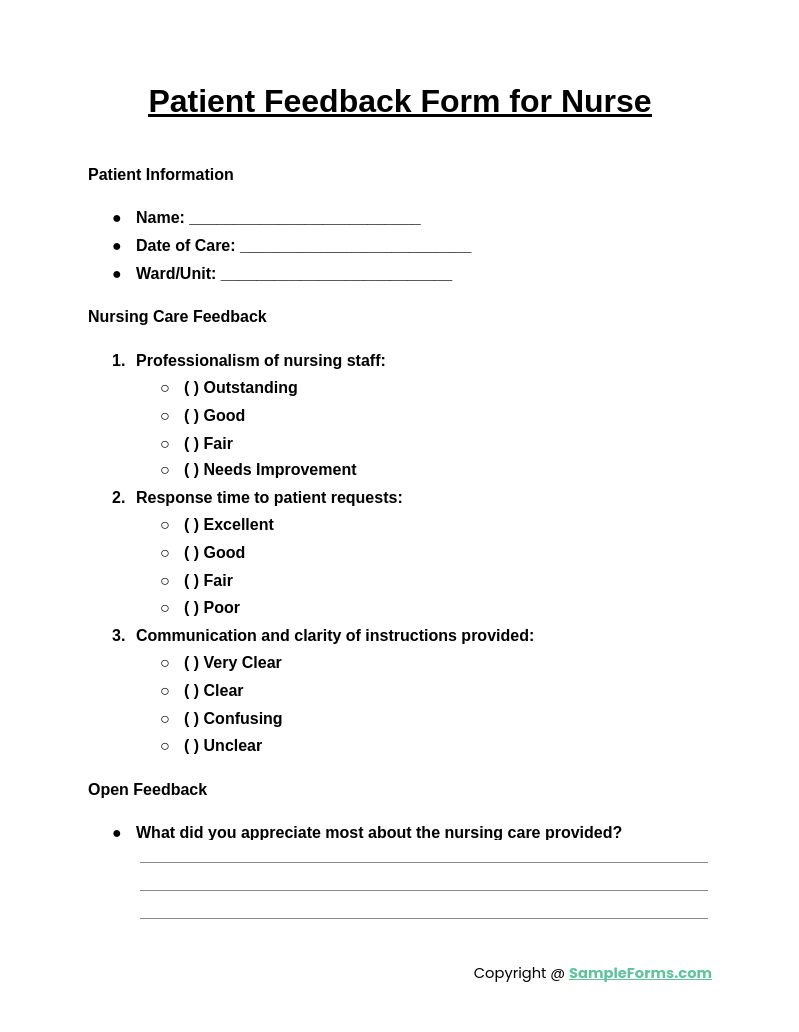
The Patient Feedback Form for Nurse is tailored to gather patients’ opinions on nursing care. This form helps assess the professionalism, empathy, and effectiveness of nursing staff, ensuring the highest standards of patient care. Utilizing a Volunteer Feedback Form can also enhance nursing support by evaluating volunteer contributions in the patient care process.
Patient Feedback Form for Doctor
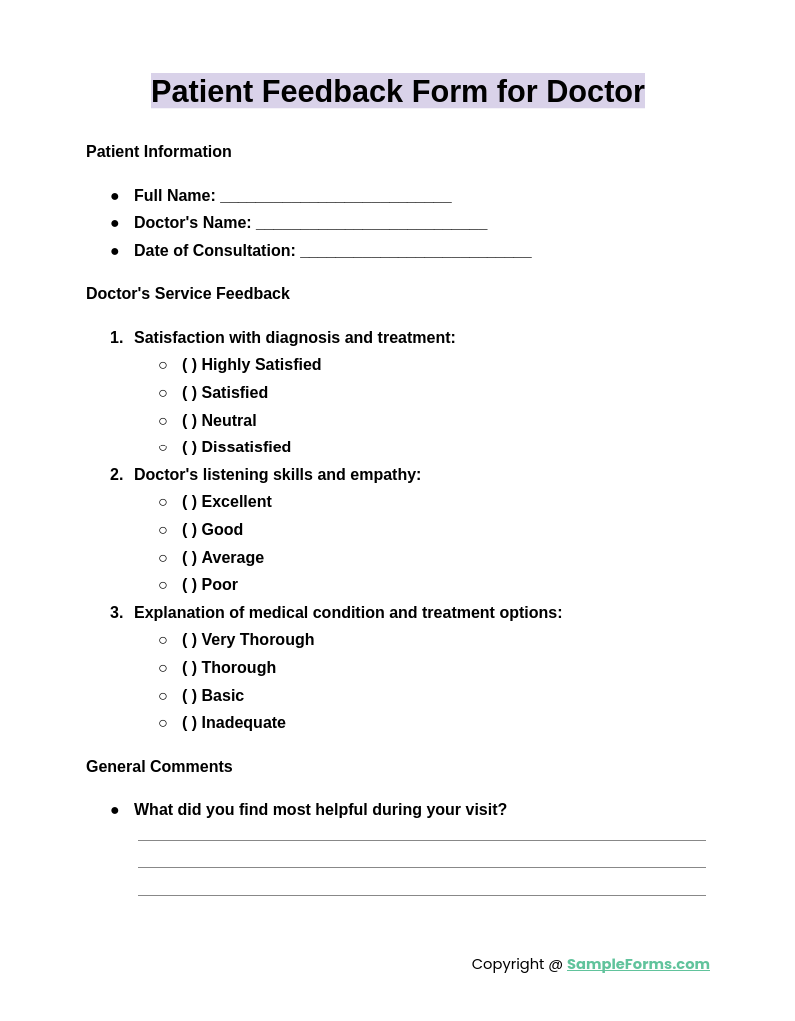
A Patient Feedback Form for Doctor focuses on evaluating the patient’s interaction with their physician. It captures aspects like communication, professionalism, diagnosis accuracy, and treatment effectiveness. This form aids in recognizing doctors’ strengths and identifying areas for improvement. Additionally, feedback similar to an Automobile Buyer Feedback Form can highlight specific areas to refine the patient experience in a personalized manner.
Browse More Patient Feedback Forms
Physiotherapy Patient Feedback
Dental Patient Feedback
New Patient Feedback Form
Generic Patient Form in PDF
Sample Patient Feedback Form
Patient Carer Feedback Form
Patient Complaint Feedback
Client Patient Feedback in Doc
How to analyze patient feedback?
Analyzing patient feedback involves identifying trends, sentiments, and actionable insights to enhance healthcare services. It’s crucial to categorize feedback systematically for effective improvements.
- Collect Feedback: Gather data using a Patient Feedback Form to ensure comprehensive insights.
- Organize Data: Group responses into themes for easier analysis.
- Use Analytical Tools: Leverage software to highlight patterns and common concerns.
- Prioritize Issues: Focus on areas needing immediate attention based on patient priorities.
- Implement Changes: Use findings to update patient care policies and improve satisfaction.
How should physicians handle patient feedback?
Physicians should handle feedback professionally to build trust and improve patient relationships. Addressing concerns promptly demonstrates commitment to patient care.
- Acknowledge Feedback: Always thank patients for their feedback using a Seminar Feedback Form
- Stay Objective: Review feedback without taking it personally; focus on areas of improvement.
- Respond Promptly: Address negative feedback swiftly to prevent further dissatisfaction.
- Implement Changes: Adapt practices based on constructive criticism for better patient outcomes.
- Follow-Up: Use follow-up consultations to assess improvements and patient satisfaction.
What should a good feedback form include?
A good feedback form should be simple yet comprehensive, enabling patients to express their views clearly and effectively.
- Clear Sections: Include sections for general comments, using a Patient Information Form to identify patient demographics.
- Rating Scale: Allow patients to rate services, providing quantitative data.
- Open-Ended Questions: Encourage detailed responses with open-ended queries.
- Confidentiality Statement: Assure patients their responses are confidential.
- Submission Instructions: Guide patients on how to return the form for processing.
How to write a patient satisfaction survey?
Creating a patient satisfaction survey requires clear and focused questions to gather valuable feedback on healthcare services.
- Define Objectives: Understand what you aim to measure, such as doctor-patient interaction, using a Patient Satisfaction Questionnaire Form.
- Keep It Short: Limit questions to avoid overwhelming patients.
- Include Diverse Questions: Use both closed and open-ended questions for comprehensive feedback.
- Ensure Anonymity: Encourage honest responses by keeping surveys anonymous.
- Pilot Test: Test the survey on a small group before full rollout.
How to fill patient report form?
Filling out a patient report form accurately ensures that healthcare providers receive the information needed to offer the best care possible.
- Verify Information: Cross-check patient details using a Patient Registration Form before submission.
- Provide Accurate Data: Ensure all sections are filled with correct information.
- Use Legible Writing: Write clearly if the form is physical; type if digital.
- Attach Necessary Documents: Include any supporting documents like a Patient Release Form if required.
- Review Before Submission: Double-check for completeness to avoid delays in processing.
What should a feedback form look like?
A feedback form should be concise, user-friendly, and clear. It should include open-ended questions and rating scales, like a Photography Feedback Form, to capture detailed responses and insights.
How do you humbly ask for feedback?
Politely request feedback by emphasizing its value. For instance, “We appreciate your opinion and would love your thoughts through our Library Feedback Form to improve our services.”
How do I ask for feedback form?
Ask for feedback through emails or direct messages. Mention the purpose, as in, “Please complete our Lesson Feedback Form to help us enhance future sessions.”
How to get reviews from patients?
Encourage reviews by making the process easy, like using a Guest Feedback Form. Offer incentives for honest feedback while ensuring anonymity and confidentiality.
How to track patient satisfaction?
Use consistent surveys and forms like a Peer Feedback Form. Analyze responses regularly to monitor trends and identify areas for improvement in patient care.
What is feedback form in college?
A college feedback form, such as a Recruitment Feedback Form, helps gather student opinions on courses, faculty, and facilities to enhance the educational experience.
What is an example of patient information?
Patient information includes demographics, medical history, and contact details, similar to what’s captured in a New Joinee Feedback Form for comprehensive profiling.
What is good written feedback?
Good feedback is specific, constructive, and actionable. For instance, a Fitness Feedback Form captures detailed responses to improve workout routines or personal training.
What is a feedback template?
A feedback template, like an Appraisal Feedback Form, standardizes the collection of responses, ensuring consistency in evaluating employee performance or patient experiences.
What are the 3 C’s of feedback?
The 3 C’s of feedback are Clarity, Consistency, and Constructiveness, as used in a Client Feedback Form to ensure valuable and actionable insights for improvement.
In conclusion, a Patient Feedback Form is an effective tool for gathering valuable insights into the patient experience. By regularly collecting and analyzing patient feedback, healthcare providers can identify gaps, enhance patient engagement, and foster a culture of continuous improvement. Whether you’re using a Feedback Form for Doctor, clinic, or hospital setting, these forms serve as a critical resource for patient-centered care.
Related Posts
-
FREE 6+ Market Research Forms in PDF | MS Word
-
FREE 3+ Feedback Observation Forms in PDF | MS Word
-
Classroom Observation Form
-
Behavior Observation Form
-
FREE 32+ Different Formats for Feedback Forms in PDF | Ms Word | Excel
-
FREE 11+ Property Feedback Forms in PDF | Ms word
-
FREE 11+ Observational Feedback Forms in PDF | MS Word
-
Nursing Feedback Form
-
Form for 360 Degree Feedback
-
FREE 10+ Feedback Forms Aimed at Doctors | PDF
-
FREE 11+ Demo Feedback Forms in PDF | MS Word
-
FREE 11+ Exam and Test Feedback Forms in PDF | Ms Word
-
FREE 10+ Medical Feedback Forms in PDF
-
Induction Feedback Form
-
Coaching Feedback Form
